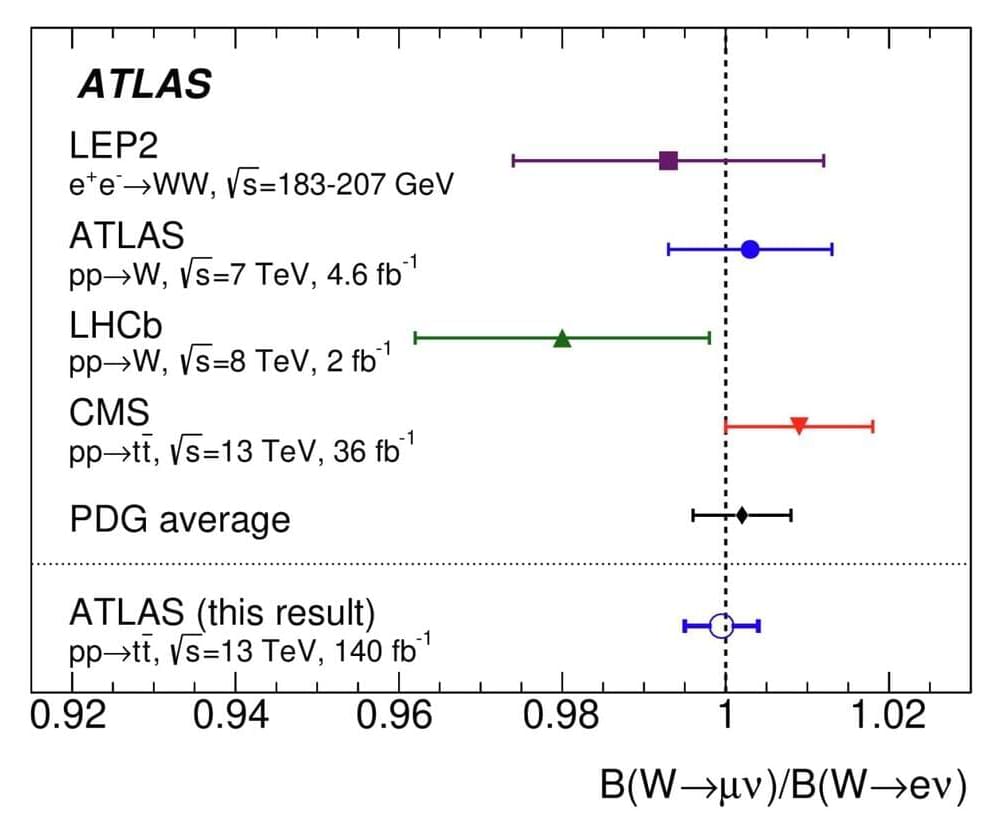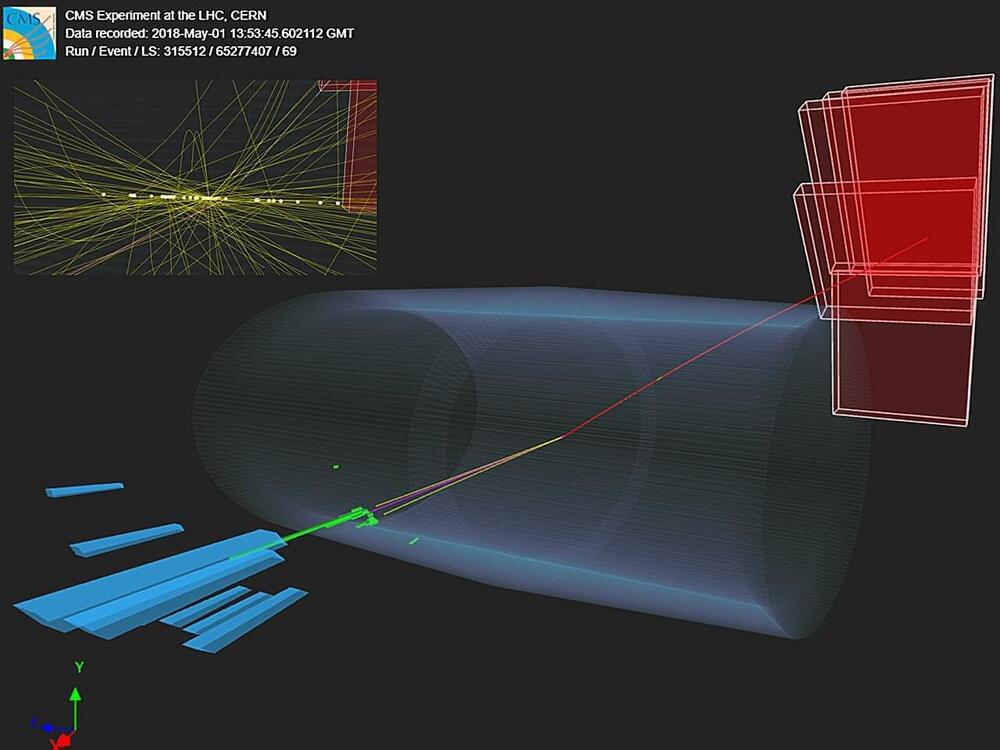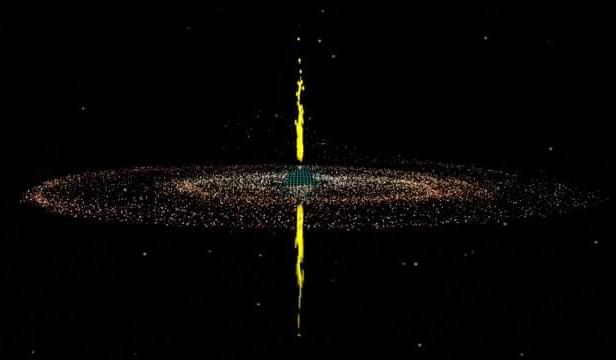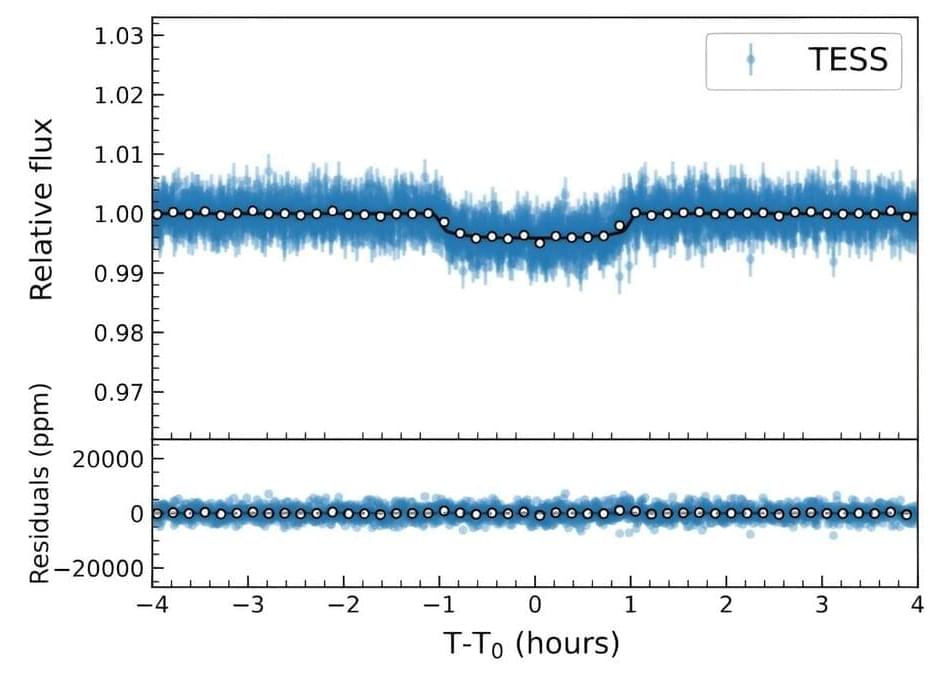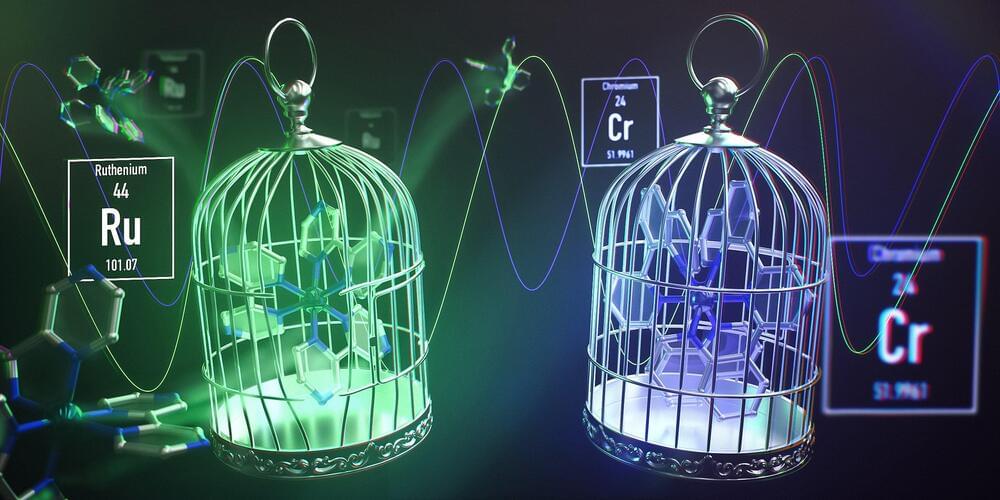Mar 26, 2024
Examining the delicate balance of lepton flavors
Posted by Saúl Morales Rodriguéz in category: particle physics
In a talk at the ongoing Rencontres de Moriond conference, the ATLAS collaboration presented the result of its latest test of a key principle of the Standard Model of particle physics known as lepton flavor universality. The precision of the result is the best yet achieved by a single experiment in decays of the W boson and surpasses that of the current experimental average.
